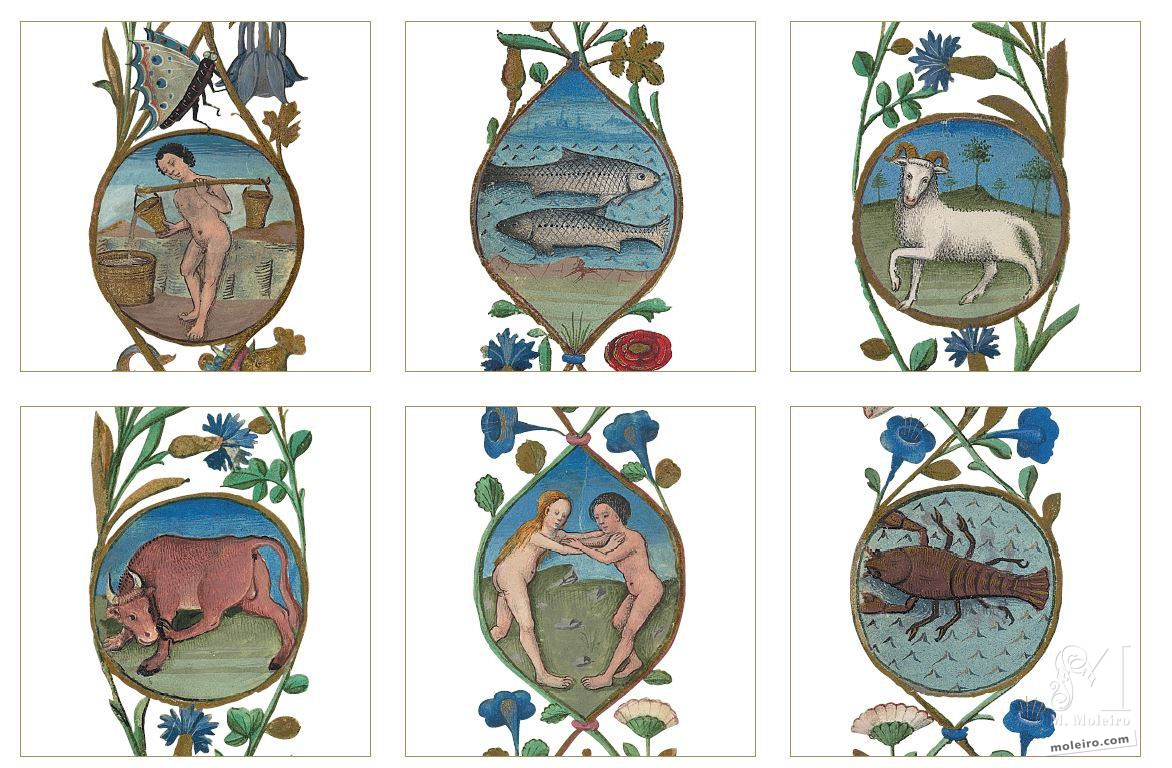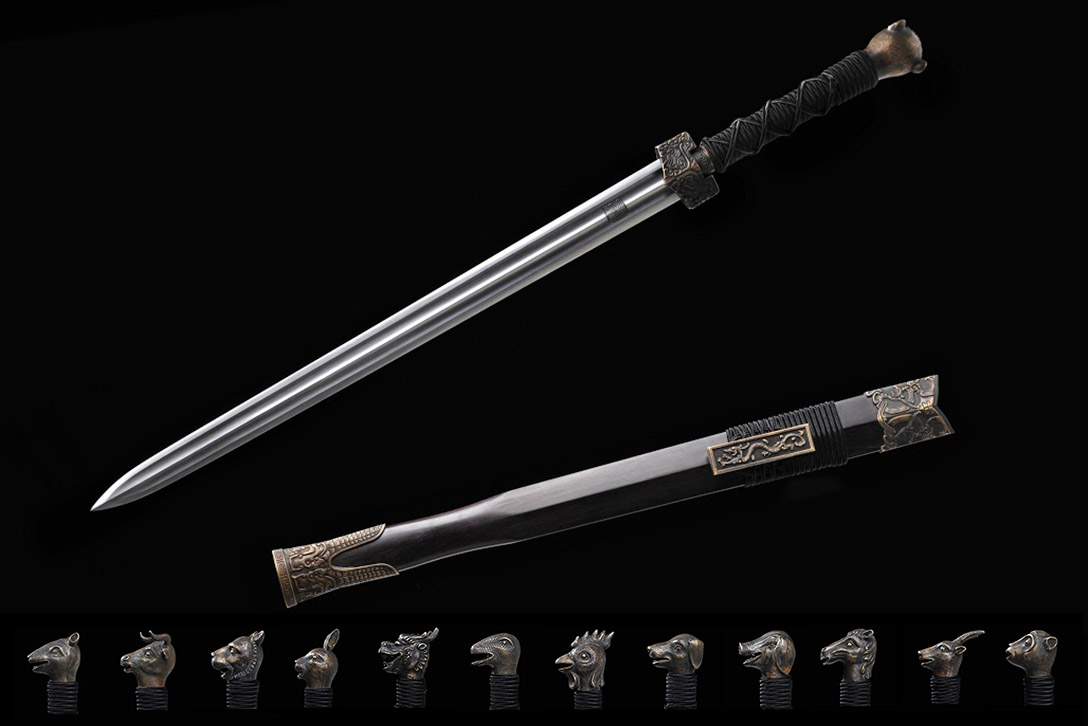

The basic scale begins with the Moon, followed by Mercury, Venus, the Sun, Mars, Jupiter, and Saturn. In a scheme known as “the music of the spheres,” Boethius assigned musical value to each of the known planets based on their positions in the sky relative to the Earth, similar to a musical scale. The last personification is Astronomy, who gazes up at the sun and moon while holding an armillary sphere, a model of the celestial universe.Īnother example from Boethius proposes a relationship between music and astronomy. By looking at a range of manuscripts containing texts from astronomy and astrology, the exhibition shows the close relationship between the two.Ī cutting from the manuscript The Consolation of Philosophy, written by the fifth- to sixth-century writer Boethius, depicts the author speaking to Philosophy, who leads personifications of each of the aforementioned subjects. As the study of the physics of cosmic orbs and other astral phenomena, astronomy was the foundation for astrology, which seeks to correlate these celestial events with happenings on Earth and individual human affairs. Universities across Europe organized their courses and bookshelves around the seven liberal arts: grammar, rhetoric, logic, music, geometry, arithmetic, and astronomy. Astronomy and Astrologyįaith and science-or the humanities and the sciences-were closely aligned in the Middle Ages. The illuminated manuscripts show how astronomy and astrology infused everyday life in the Middle Ages, from medicine to religion and beyond.

The Getty Center’s exhibition The Wondrous Cosmos in Medieval Manuscripts (April 30 to July 21, 2019) invites you to marvel at the complexity of the celestial realm in European faith and science traditions, with a glimpse at how similar beliefs held sway in Asia, Africa, and the Americas.

ZODIAC SIGNS AS MEDIEVAL WEAPONS FULL
Indeed, peoples of many religions believed that the radiant sun, full moon, twinkling stars, and distant planets held great power over their lives, the seasons, and daily activities. From London to Baghdad and beyond, students of medicine, philosophy, and even theology carefully observed the astrological relationship between the 12 signs of the zodiac and one’s physical, mental, and spiritual well-being.

In the medieval world, from about 500 to 1500, astronomy was a required field of study. Great for a display piece in the home or office, this statue also functions as a unique gift for friends or loved ones interested in Greek mythology and Astrology.Eclipses, comets, and star and planet sightings mesmerize us and inspire awe. Lining the base of the statue includes a Celtic knotwork pattern offering another dynamic accent of this sculpture. He is balanced on a bronze pedestal but appears as though he is gracefully flying through the sky. At the base of this statue is a Zodiac map depicting each of the Zodiac signs. Featured in a variety of Greek mythology, Pegasus is a dynamic and iconic figure of mythological culture. Our Zodiac Pegasus Statue depicts the elegant stallion galloping atop a Zodiac map and is sculpted in bronze for a unique look and feel to this mighty steed. Many animals dont live lives half as dramatic and fraught with peril as Pegasus. Women’s Medieval & Renaissance Footwear.


 0 kommentar(er)
0 kommentar(er)
